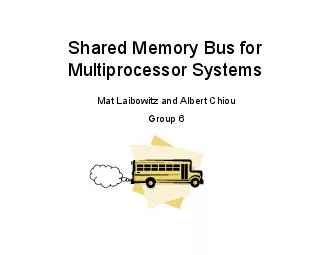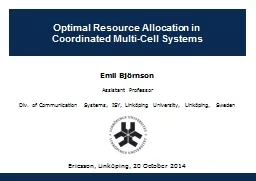PPT-Memory Allocation III
Author : alexa-scheidler | Published Date : 2019-11-08
Memory Allocation III CSE 351 Winter 2019 httpsxkcdcom835 Instructors Max Willsey Luis Ceze Teaching Assistants Britt Henderson Lukas Joswiak Josie Lee Wei Lin Daniel
Presentation Embed Code
Download Presentation
Download Presentation The PPT/PDF document "Memory Allocation III" is the property of its rightful owner. Permission is granted to download and print the materials on this website for personal, non-commercial use only, and to display it on your personal computer provided you do not modify the materials and that you retain all copyright notices contained in the materials. By downloading content from our website, you accept the terms of this agreement.
Memory Allocation III: Transcript
Download Rules Of Document
"Memory Allocation III"The content belongs to its owner. You may download and print it for personal use, without modification, and keep all copyright notices. By downloading, you agree to these terms.
Related Documents














